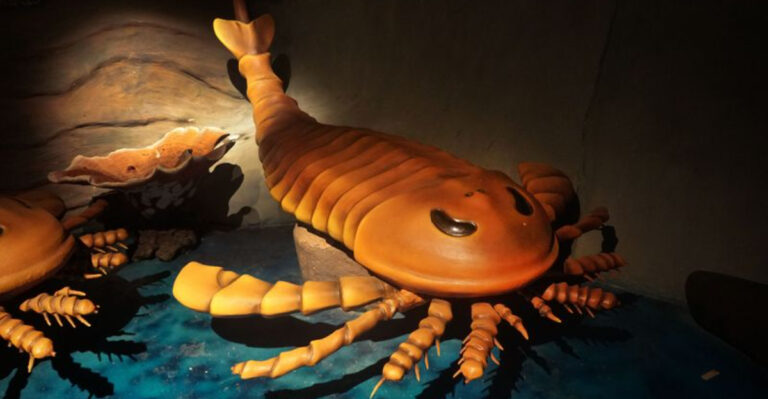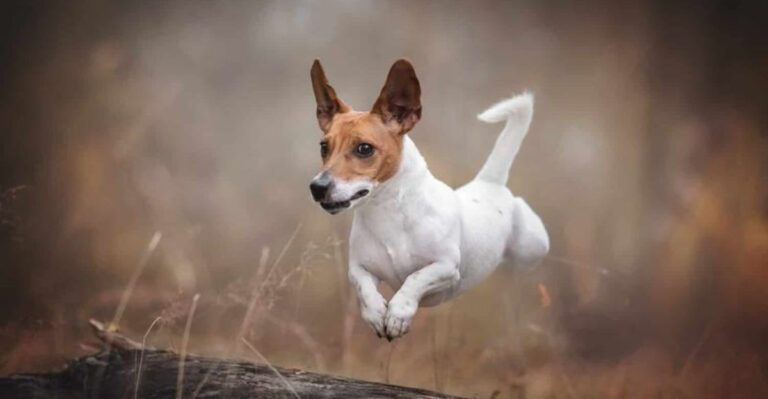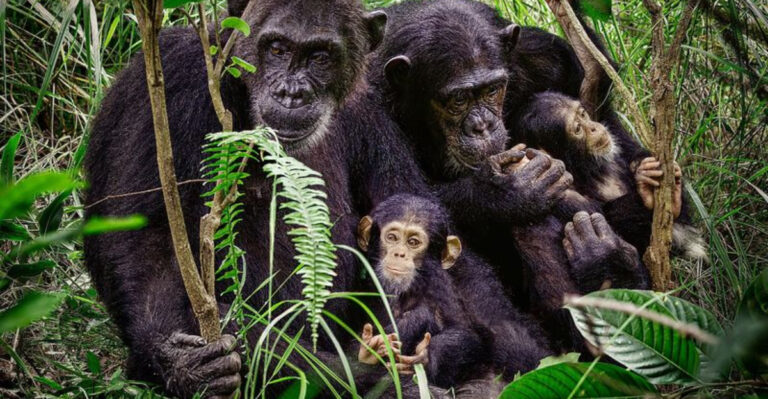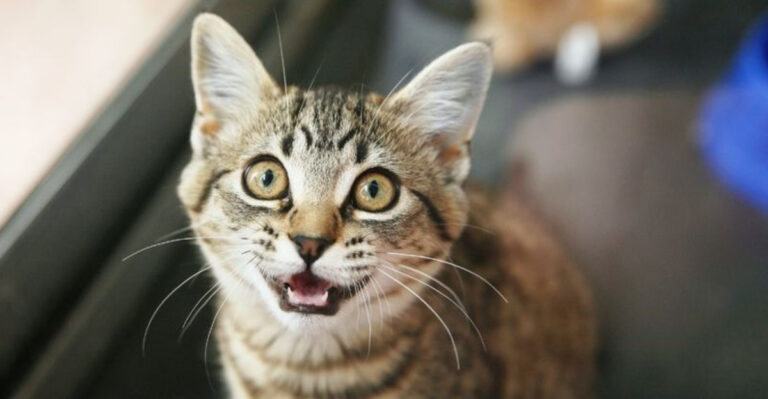Why Do Beluga Whales Blow Bubbles?
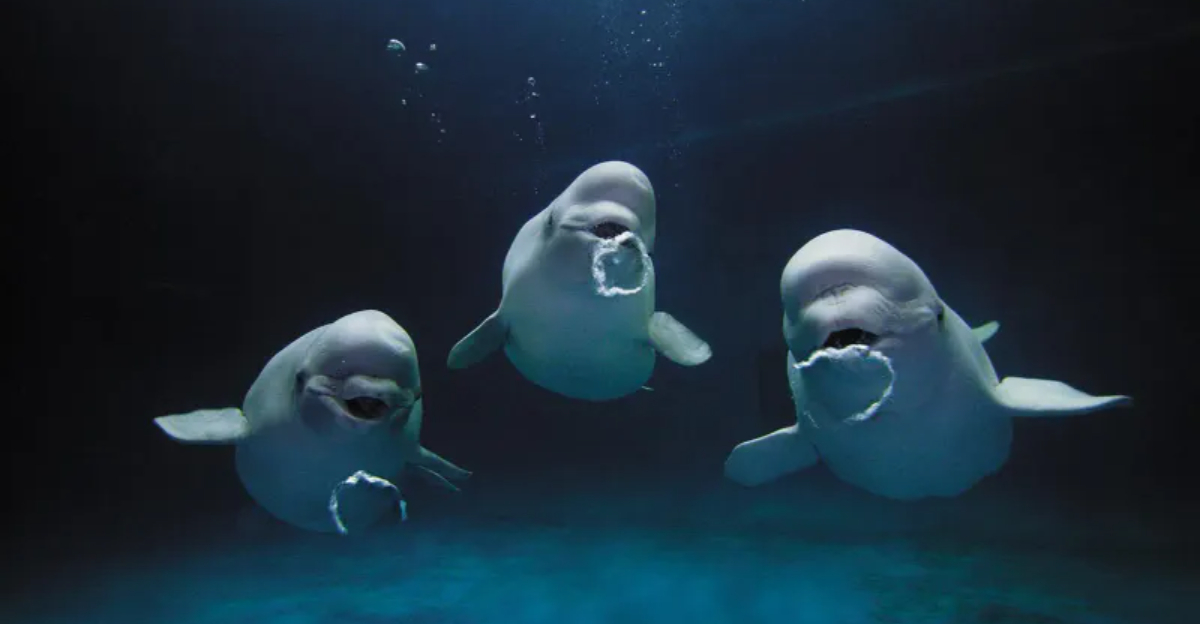
Ever watched those milky-white whales at the aquarium playing with bubbles? Belugas are masters of underwater bubble art, creating rings, streams, and even bubble curtains.
These playful ocean mammals, nicknamed ‘sea canaries’ for their vocal abilities, use bubbles for everything from communication to hunting.
Let’s explore why these ghostly white cetaceans blow bubbles and discover some fascinating facts about these charismatic Arctic dwellers.
1. Bubbles As Playtime Fun
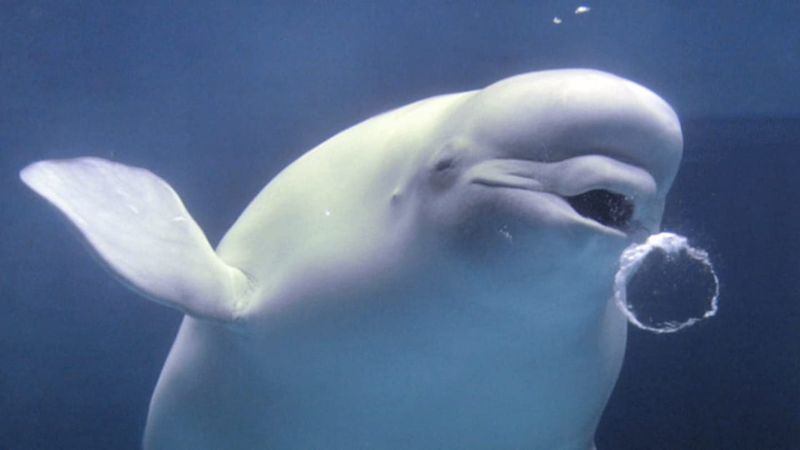
Just like kids with bubble wands, belugas create underwater bubble rings purely for entertainment! They’ll chase, pop, and swim through their bubble creations during social play.
Scientists believe this behavior helps young belugas develop important motor skills while strengthening social bonds. Next time you spot a beluga blowing perfect bubble rings, you’re witnessing their version of recess!
2. Hunting Technique
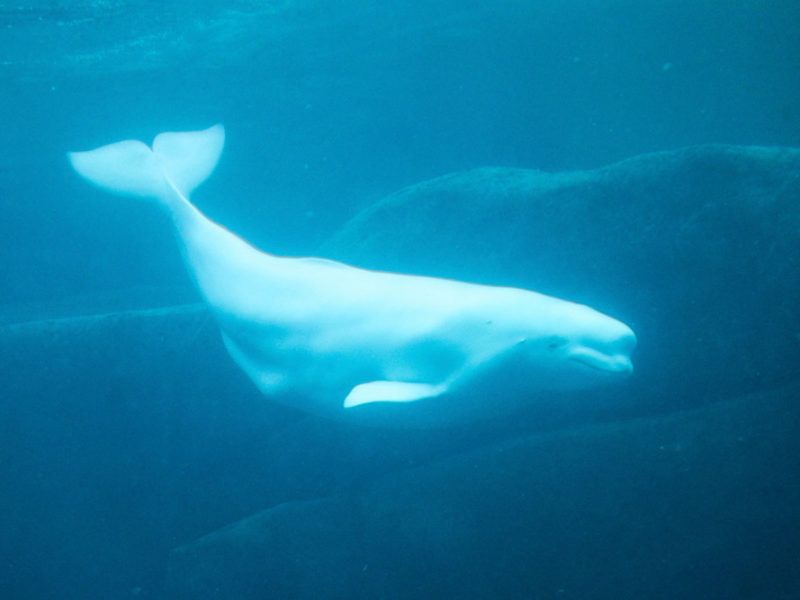
Sneaky hunters, these white whales! Belugas release strategic bubble clouds to confuse and corral fish into tighter groups.
This ‘bubble net’ technique traps prey in a disorienting wall of bubbles, making escape nearly impossible. The confused fish cluster together, creating the perfect buffet for the hungry beluga to swoop in and feast.
3. Communication Signals
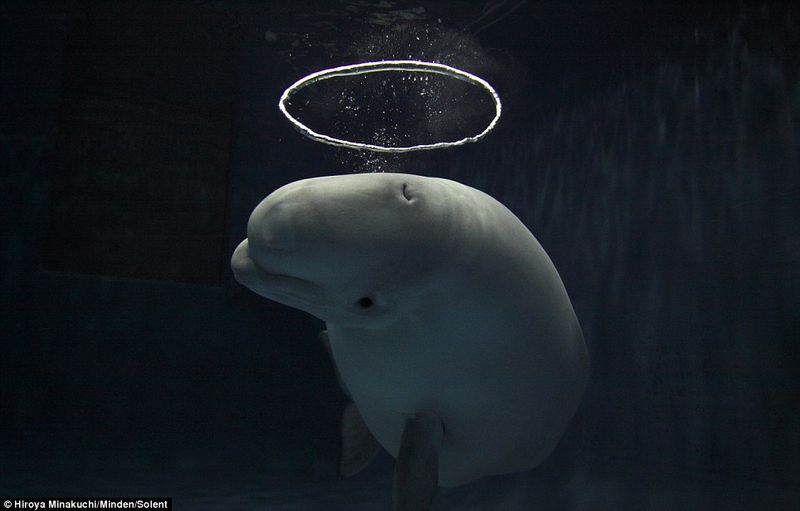
Those bubble streams aren’t random – they’re underwater text messages! Belugas use specific bubble patterns to signal emotions and intentions to other pod members.
A short burst might mean excitement, while a long stream could signal irritation. Combined with their vocal calls, these bubble signals create a sophisticated communication system that helps coordinate group activities in the murky Arctic waters.
4. Stress Relief
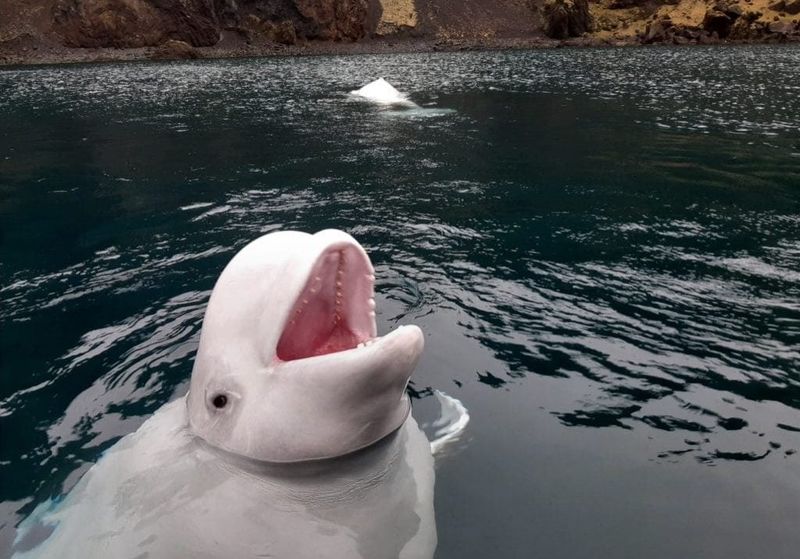
Even ocean mammals need stress management! Bubble-blowing serves as a calming mechanism when belugas feel anxious or overwhelmed.
Marine biologists have observed increased bubbling during potentially stressful situations like introducing new tank mates or environmental changes. Think of it as their version of deep breathing exercises—a watery way to release tension and self-soothe.
5. Echolocation Enhancement
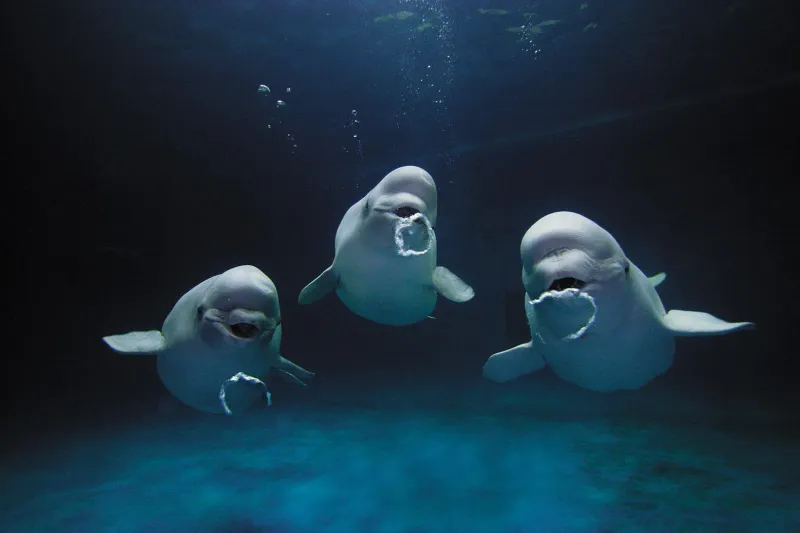
Bubble curtains help belugas ‘see’ with sound! By creating bubble screens, these clever cetaceans can bounce their echolocation clicks off the bubbles.
This amplifies their sonar abilities, especially helpful in murky Arctic waters with limited visibility. The bubbles essentially function as acoustic mirrors, giving belugas clearer ‘images’ of their surroundings and potential prey hiding nearby.
6. Mating Displays
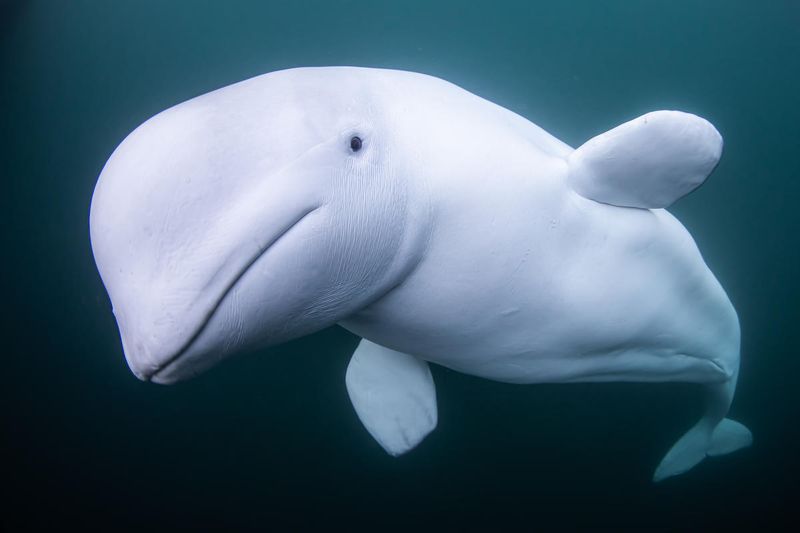
Romance in the deep blue! Male belugas often produce elaborate bubble displays to impress potential mates during breeding season.
These underwater courtship performances showcase the male’s health, strength, and breath control. Females appear to favor suitors who create the most intricate bubble patterns – proof that even in whale world, showing off your talents can help you find love!
7. The Melon: Nature’s Sound System
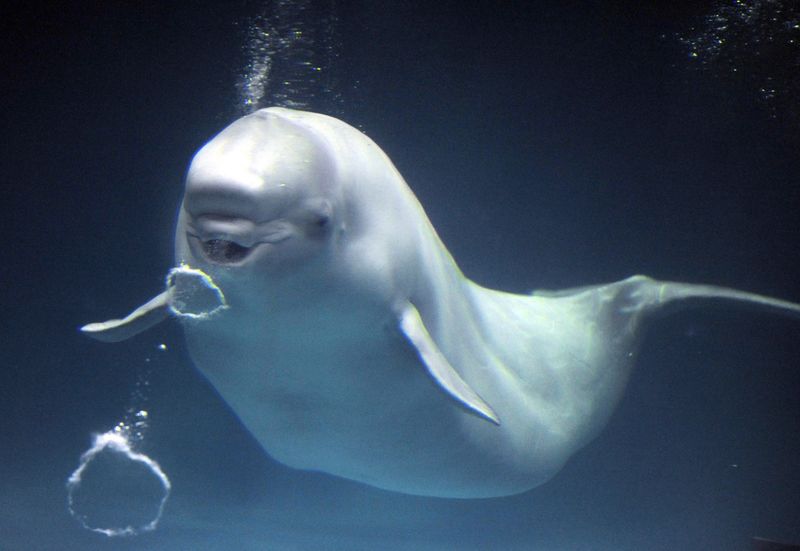
That bulbous forehead isn’t just for show! Called a ‘melon,’ this fatty structure can change shape, helping belugas focus their vocalizations with incredible precision.
Unlike other whales, belugas can actually change their facial expressions by controlling their melon. This unique ability, combined with their flexible neck, gives them an almost human-like expressiveness not seen in other cetaceans.
8. Arctic Specialists Without Dorsal Fins
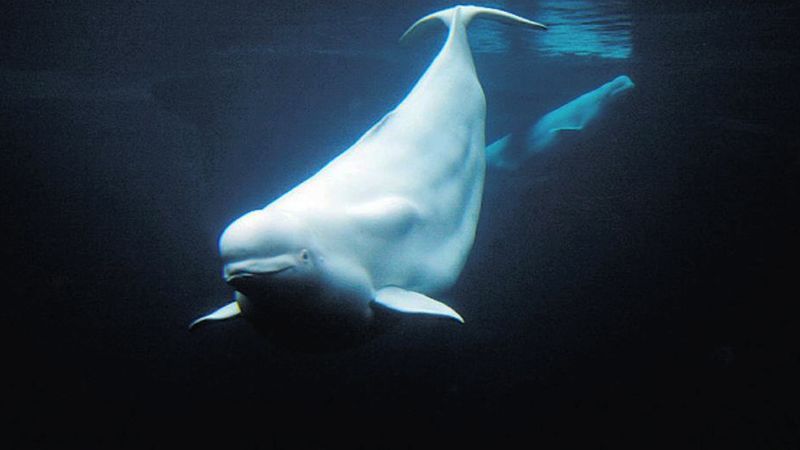
Notice something missing? Belugas lack the trademark dorsal fin found on most whales and dolphins!
This isn’t a design flaw – it’s an Arctic adaptation allowing them to swim easily under ice sheets without getting stuck. Their smooth backs help conserve heat in freezing waters and navigate tight ice channels that would trap other whale species.
9. Color-Changing Magic
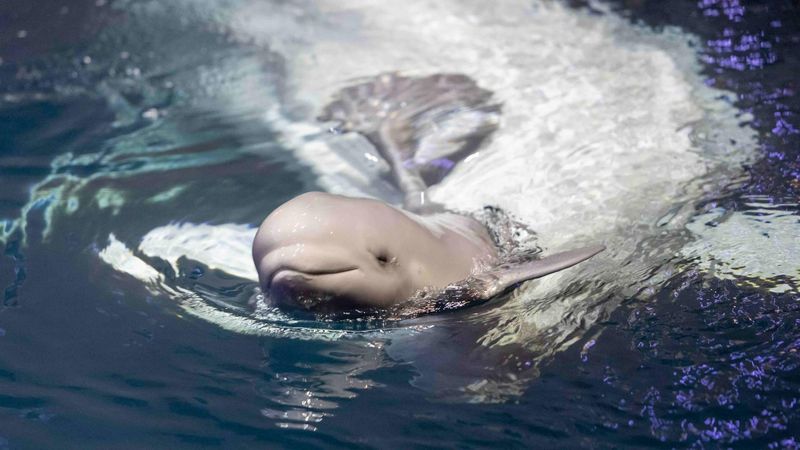
Baby belugas aren’t born white! They start life with a bluish-gray color that gradually lightens as they mature.
This transformation takes about 8 years to complete. Their iconic white coloration provides perfect camouflage in their icy Arctic habitat, helping them blend with ice floes to avoid predators like killer whales and polar bears.
10. Extraordinary Vocal Repertoire
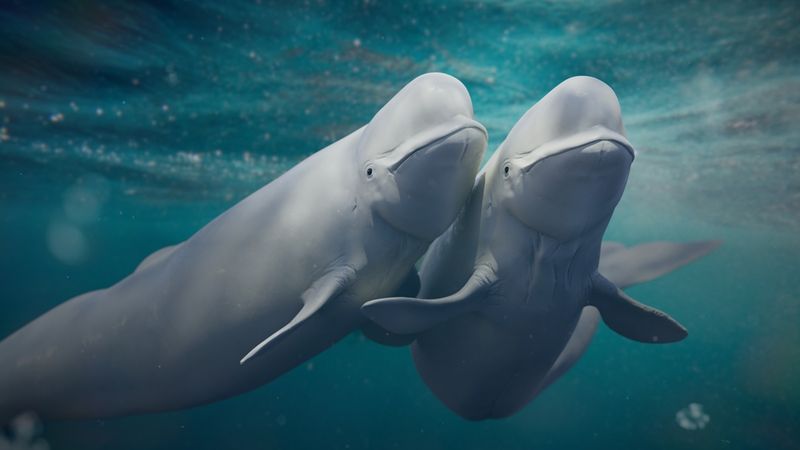
Move over, dolphins! Belugas produce the most diverse vocalizations of any marine mammal, earning them the nickname ‘sea canaries.’
Their sound library includes clicks, whistles, chirps, squeaks, and even sounds resembling a door creaking or a kazoo playing. Russian sailors once reported hearing belugas imitate human speech, leading to Cold War suspicions of disguised spy submarines!
11. Flexible Neck Gymnasts
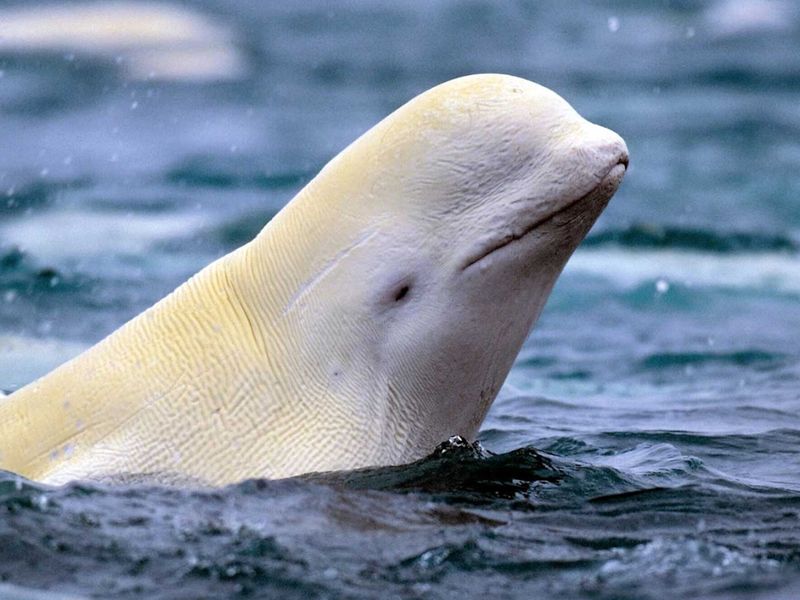
Head-turners of the sea! Unlike most whales with fused neck vertebrae, belugas have seven fully articulated neck bones.
This unusual feature gives them extraordinary flexibility to turn their heads nearly 180 degrees. Watch a beluga and you’ll notice them nodding, turning, and looking around much like we do – a rare trait that helps them maneuver in complex ice environments.
12. Social Butterflies With Cultural Traditions
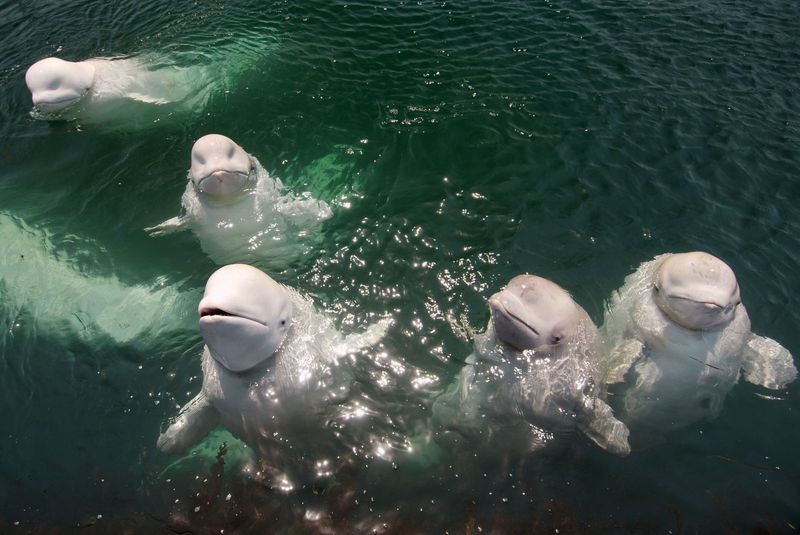
Party animals of the Arctic! Belugas live in highly social pods of 10-100 individuals and maintain complex relationships throughout their 50+ year lifespan.
Recent research suggests they pass down cultural knowledge like migration routes and hunting techniques through generations. Scientists have even documented distinct ‘dialects’ between different beluga communities – proof these brilliant creatures have their own unique cultural identities.

